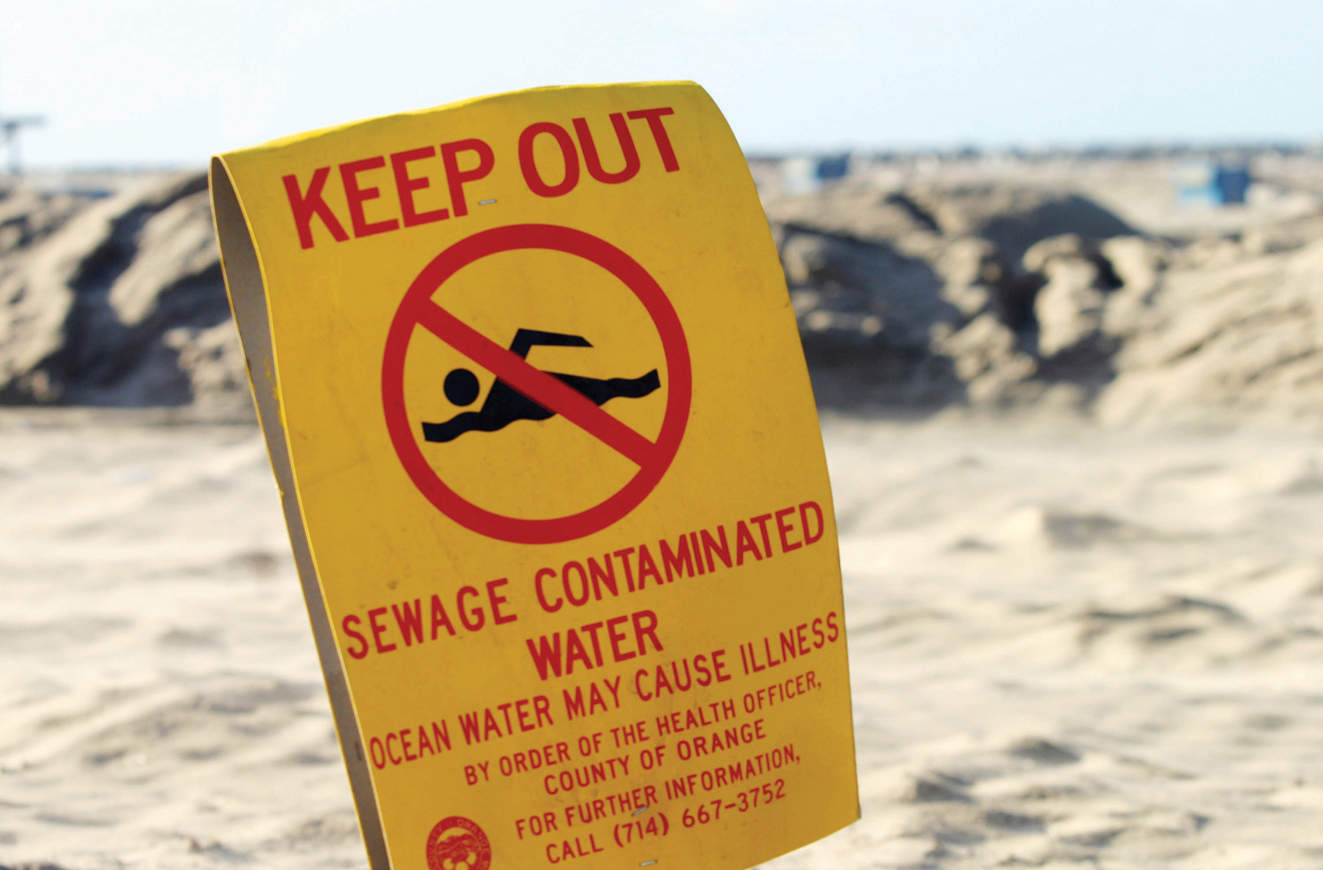What Is Inductive Reasoning?
Inductive reasoning begins with specific observations (or evidence) and goes on to draw a general conclusion. You can see how induction works by looking at the following list of observations:
Nearly 80 percent of ocean pollution comes from runoff.
Runoff pollution can make ocean water unsafe for fish and people.
In some areas, runoff pollution has forced beaches to be closed.
Drinking water can be contaminated by runoff.
More than one third of shellfish growing in waters in the United States are contaminated by runoff.
Each year, millions of dollars are spent to restore polluted areas.
There is a causal relationship between agricultural runoff and water-borne organisms that damage fish.
After studying these observations, you can use inductive reasoning to reach the conclusion that runoff pollution (rainwater that becomes polluted after it comes in contact with earth-bound pollutants such as fertilizer, pet waste, sewage, and pesticides) is a problem that must be addressed.

Sign warning of contaminated water
© Krista Kennella/ZUMA PRESS
Children learn about the world by using inductive reasoning. For example, very young children see that if they push a light switch up, the lights in a room go on. If they repeat this action over and over, they reach the conclusion that every time they push a switch, the lights will go on. Of course, this conclusion does not always follow. For example, the light bulb may be burned out or the switch may be damaged. Even so, their conclusion usually holds true. Children also use induction to generalize about what is safe and what is dangerous. If every time they meet a dog, the encounter is pleasant, they begin to think that all dogs are friendly. If at some point, however, a dog snaps at them, they question the strength of their conclusion and modify their behavior accordingly.
Scientists also use induction. In 1620, Sir Francis Bacon first proposed the scientific method —a way of using induction to find answers to questions. When using the scientific method, a researcher proposes a hypothesis and then makes a series of observations to test this hypothesis. Based on these observations, the researcher arrives at a conclusion that confirms, modifies, or disproves the hypothesis.